The largest repository of Americana in the country makes its home in Shelburne, Vermont on a forty-five acre campus complete with historic buildings, a lighthouse and a 220 foot-long steamboat. Wait. What? Welcome to the Shelburne Museum, the result of one woman’s passion for all things American occupying a verdant campus just south of Burlington.
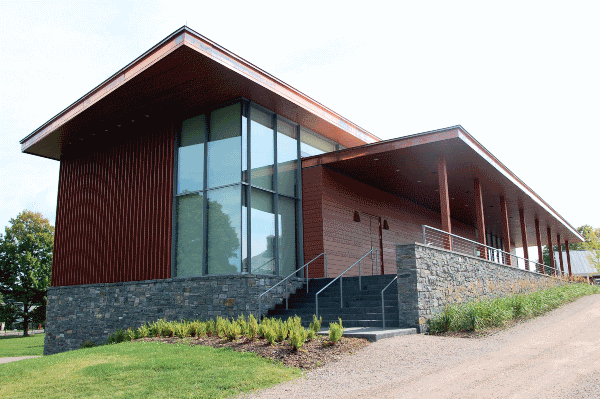
The legend goes something like this. Electra Havemeyer Webb grew up in a fabulously wealthy Manhattan penthouse with art collecting parents and rooms adorned with Impressionist masters like Degas and Monet. Displaying a quintessential American streak of independence, she starts her own collection at 18 with a female cigar store Indian. Her family is bewildered by her devotion to the quirky and mundane, and the choice of unfashionable American pieces over European, but for the rest of her life Electra keeps right on collecting things big and small, from duck decoys to dollhouses to weathervanes to entire buildings.
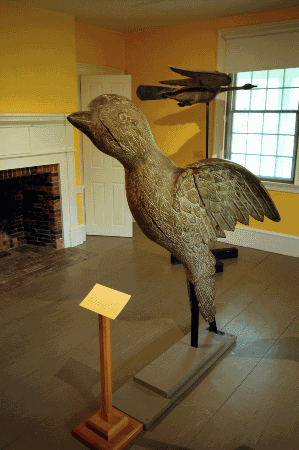
So how did a Manhattan-ite gift the state of Vermont with a treasure trove of off-beat American folk art? Summer visits there led to marriage to Vanderbilt scion James Watson Webb, whose family owned the nearby Shelburne Farms. It was there that the city girl fell in love with Vermont and rode horses on the expansive property, which coincidentally also had its very own steam yacht.
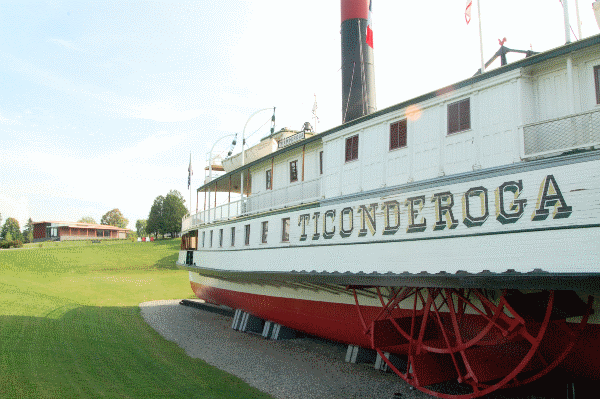
Up until this year, the museum has only been open seasonally but with the opening of the new Pizzagalli Center for Art and Education, year round exhibits will be on display. The new building emerges from the hillside with a gently sloping roof, tall windows and walls of wood and stone and evokes the historic buildings down the hill. Inside, the greatest hits of Electra’s collecting years can be viewed in an exhibit called “Color, Pattern, Whimsy, and Scale: The Best of the Sherburne Museum.” On one wall, Electra is quoted as saying, “I wanted to collect something that nobody else was collecting,” and the two galleries provide an overview of her eccentric vision – a giant chair, glass canes, a display case of wooden bowling pins, large carved animals and a whole lot more.
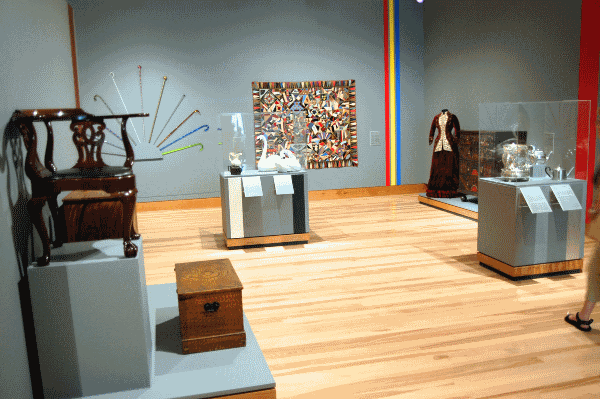
To experience the museum properly, budget at least four hours to stroll the beautifully landscaped grounds and get an overview of the riches inside. After you enter, you can cross right to the Pizzagalli Center or swing down the hill to the left past the round barn to the circus building with its 1920’s carousel and 500 foot long hand-carved miniature Arnold Circus Parade. At the base of the hill is a restored railroad station with a rail car from 1890; peek inside for a look at how luxurious rail travel once was.
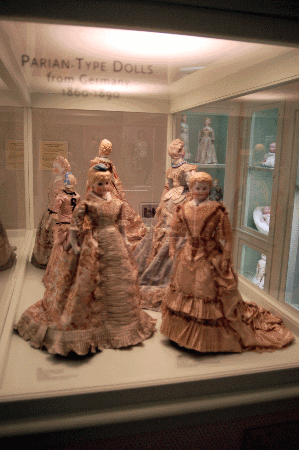
Past here looms the Ticonderoga, which plied the waters of Lake Champlain up until 1953. Electra bought the stately steamer and in 1955 had it moved to the land-locked museum where it makes for the most incongruous but fascinating exhibit in the complex. You stride up the gangway as guests did in days of yore and find yourself on a small deck, the dining room set for dinner in the stern. The self-guided tour winds through the lower decks (how often do you find yourself in the engine room of a steamboat?) to the control room where the “captain” will show you how the boat is operated. On the main deck, chairs sit neatly arranged and you can imagine yourself reclining in the summer sun, the breeze off Lake Champlain cooling you, a cocktail in hand. Across the way, a decommissioned lighthouse occupies a rocky outcropping. Years earlier, the Ticonderoga ran aground on the lake near the spot where the same lighthouse stands (only the second time in its history).
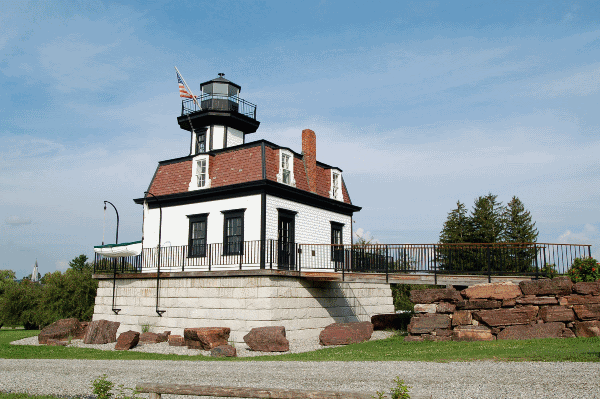
The collection of historic buildings, thirty eight in all, ranges from a covered bridge to a general store to cottages and even a jail. One of the more fascinating collections is the Variety Unit, which is the only historic building actually built on the property. This structure is filled with dolls from Germany, France, England and the US, as well as Electra’s first doll collection. A smattering of doll houses have been meticulously appointed, some by Electra herself, while a bizarre collection of automatons from the 18th and 19th centuries – moving figures that you wind up by hand – has a room to itself. As you climb up and down this rambling building, you’ll pass goblets, ceramics, even an extraordinary assortment of glass canes, and marvel at the things lost to history save for Shelburne’s uncanny sense of keeping. Next door, the tapestry building features seasonally changing exhibits and a collection of hanging quilts, which you can flip through like a giant book of fabrics.
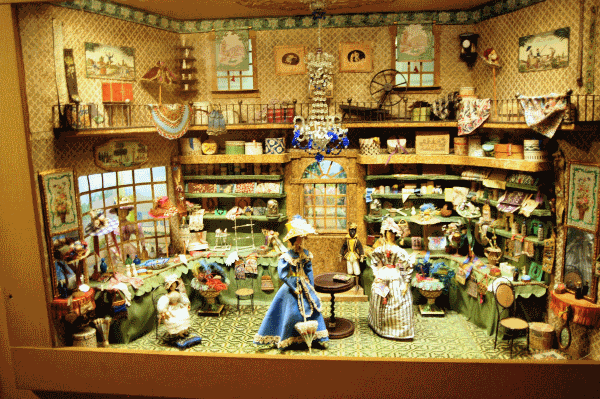
And about those Degas and Monet masterpieces? The Electra Havemeyer Webb Building was constructed after her passing as a memorial to her life and features a recreation of six rooms from her childhood home. Plus thirteen Impressionist masterpieces that she inherited. How would you like to dine surrounded by four Monet paintings? Astoundingly, the collection goes on – period furnishings cover over two floors in tastefully arranged rooms decorated with photographs of the family, the walls covered with a who’s who of artists, from Corot to Manet to Mary Cassatt and more.
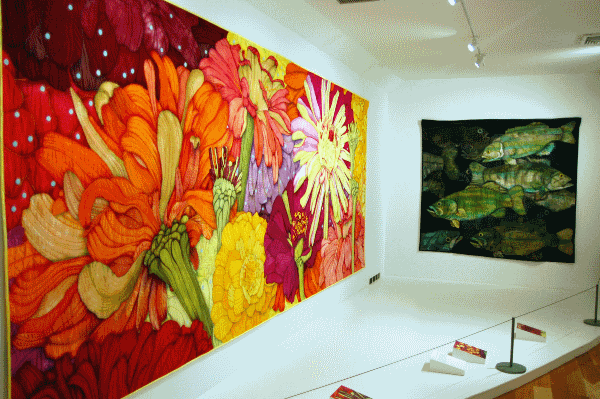
Sometimes it’s a good thing for a child to act contrary to her parents’ wishes. When Electra started collecting American folk art and otherwise common objects, it was inconceivable that anything other than European works were important. Yet something about the artistry of handmade items, some from everyday life, and others made with care by artisans struck her fancy. America will continue to reap the benefits of this sprawling collection for centuries to come. Electra Havemeyer Webb’s affinity for Americana was unparalleled and the Shelburne Museum honors this legacy in astonishing fashion.
*For more information on New England travel, there’s no better tool than a DK Eyewitness Travel Guide
